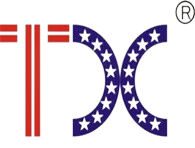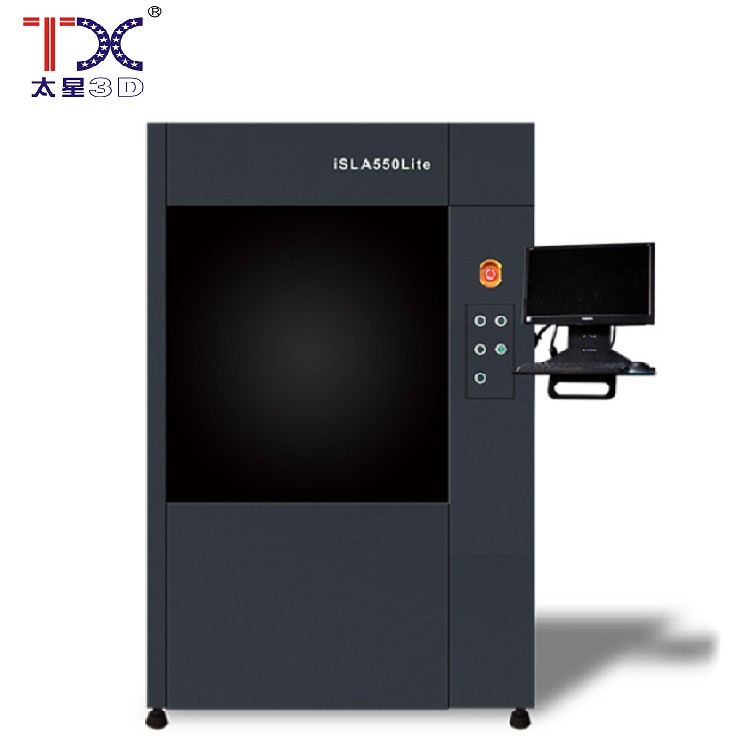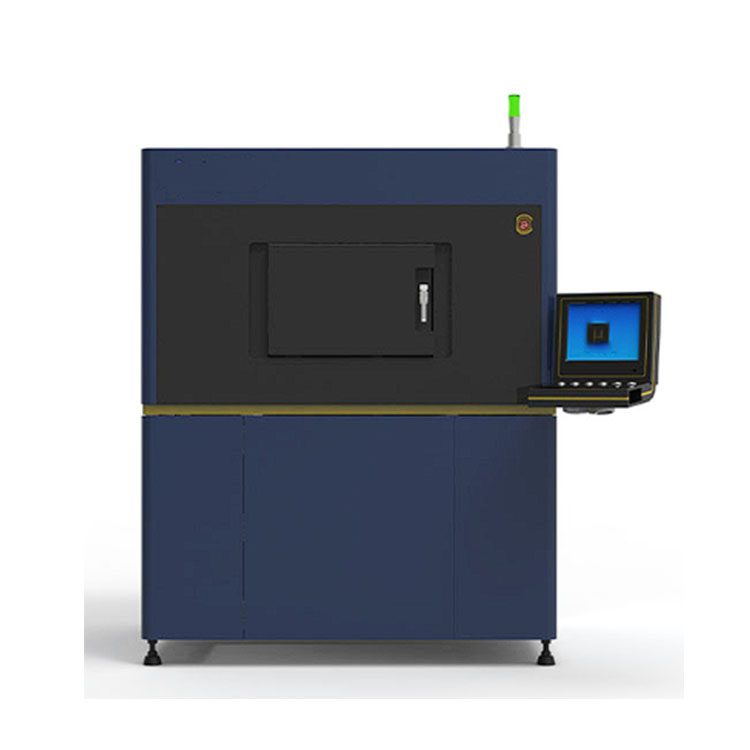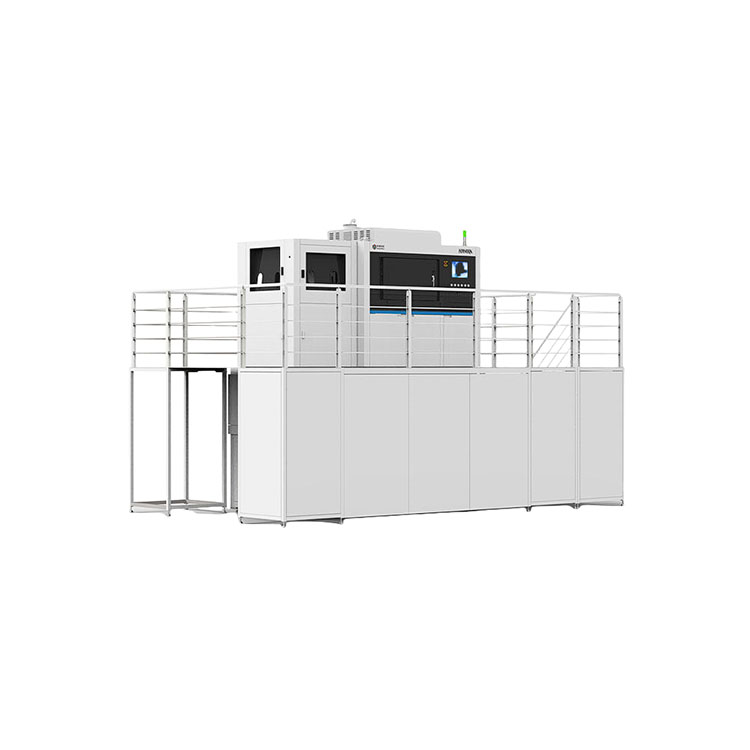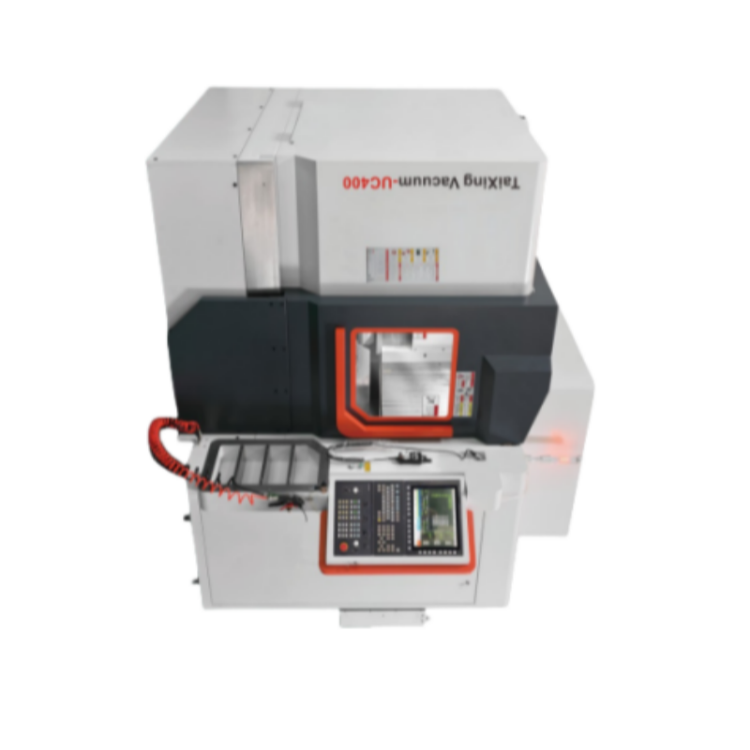
The accuracy of 3D printing
The accuracy of 3D printing
3D printing is a technology that allows you to create three-dimensional objects from a digital project. But how accurate can this technology be? In fact, the accuracy of 3D printing is a multifaceted concept, depending on many factors. Let's try to understand this issue in an accessible language.
Factors affecting accuracy
The accuracy of 3D printing is determined by many parameters, from the selected material to the settings of the 3D printer itself. The quality of the original digital file plays an important role. If the model has many small details or complex transitions, the seal accuracy may decrease. The choice of material also matters: plastic can be more forgiven, while metal parts require more accuracy. The heating temperature, print speed, nozzle pressure - all these settings affect the structure of the object created and, as a result, its accuracy. So, incorrectly selected parameters can lead to distortions of the form, Zazubin, or even the complete destruction of the product. Unfortunately, not all printers have the same accuracy, just as not all materials are equally suitable for different purposes. It is like the work of the master: one can cut the most difficult tree figure with an accuracy of a millimeter, the other is only simple.
Accuracy in different areas of application
The accuracy of the print is crucial in various areas of application. To create prototypes or models, where the exact copy of the form is not critical, the accuracy may not be so high. However, in tasks that require high accuracy, for example, in medical technology or in creating tools, the accuracy of 3D printing plays a critical role. The functionality and effectiveness of the created product directly depends on this. If we are talking about creating surgical instruments or prostheses, errors even in several hundredths of millimeters can have serious consequences.
How to increase the accuracy of 3D printing?
To achieve high accuracy, you need to pay attention to all stages of the process. A properly prepared model file, the use of suitable material, optimal printer settings and quality checking the finished product - all this is necessary to create a reliable and accurate result. The study of the capabilities of the 3D printer used, the choice of optimal print speeds and the use of special concomitant materials, such as various types of additives, can also positively affect accuracy. The study of the nuances of the selected material and its properties affecting the result is also an important point for increasing accuracy.
AppropriateProducts
Corresponding products
The best soldproducts
The best -selling products-
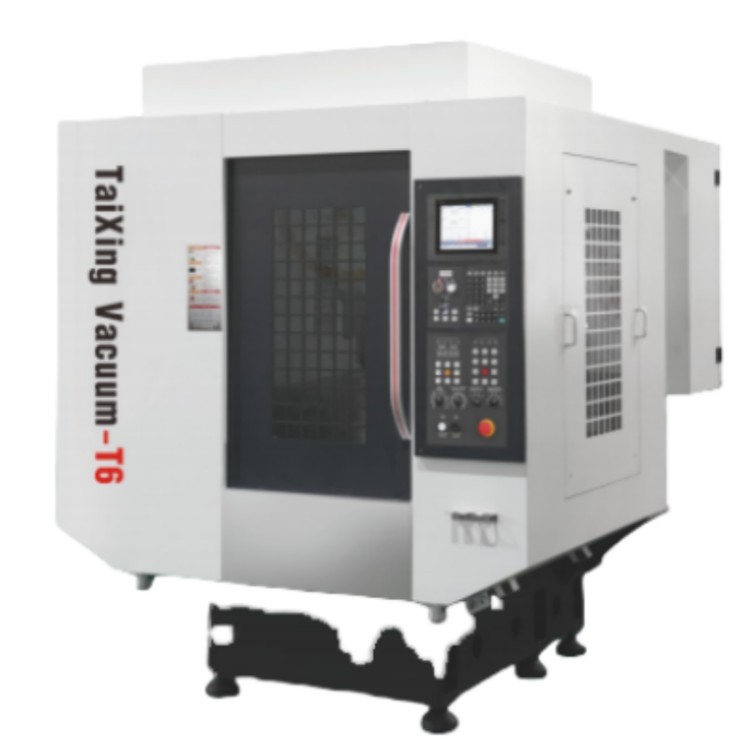 Taisin high-speed drilling and threaded machine TX-T6
Taisin high-speed drilling and threaded machine TX-T6 -
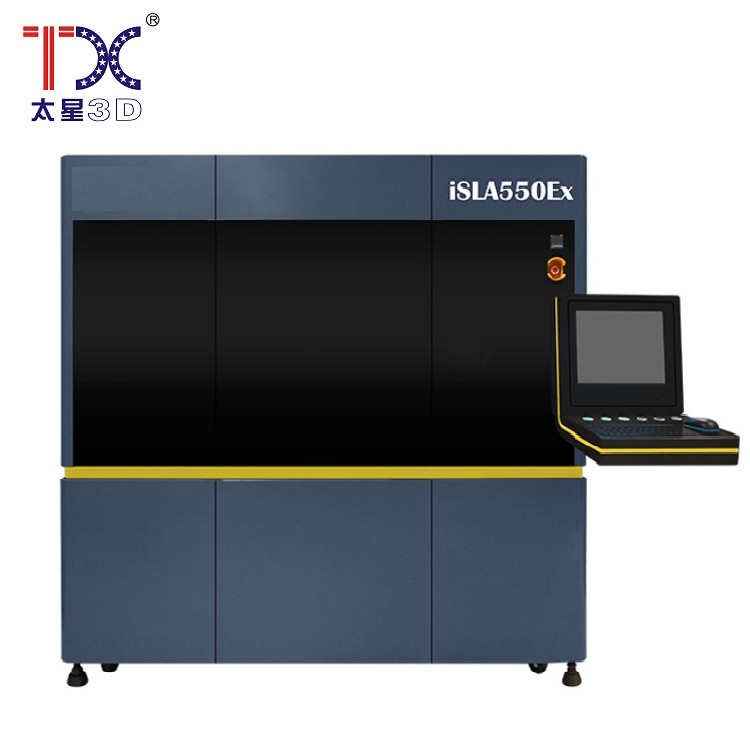 Taisin Light-adoptive 3D printer SLA550EX
Taisin Light-adoptive 3D printer SLA550EX -
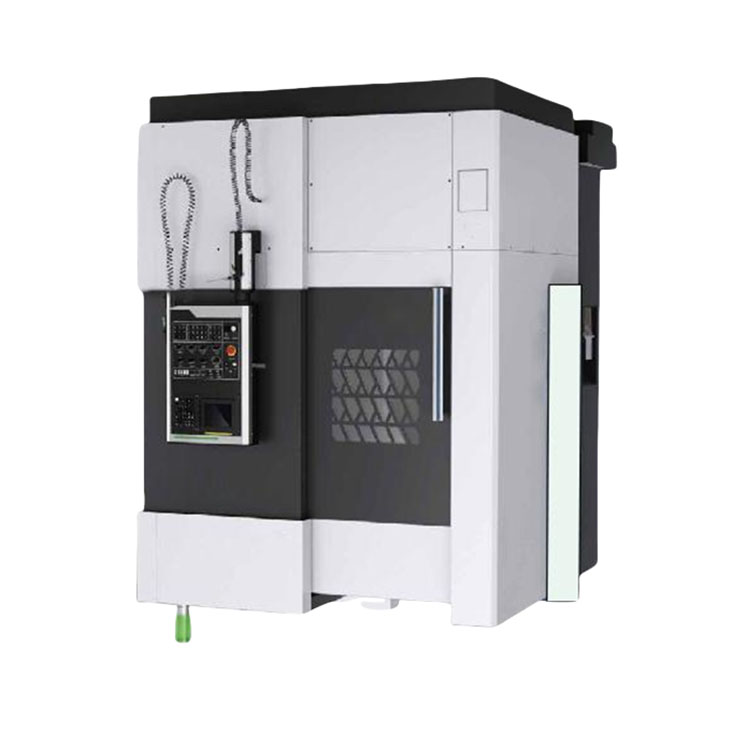 Taisin Vertical CNC TXLC-500 CNC
Taisin Vertical CNC TXLC-500 CNC -
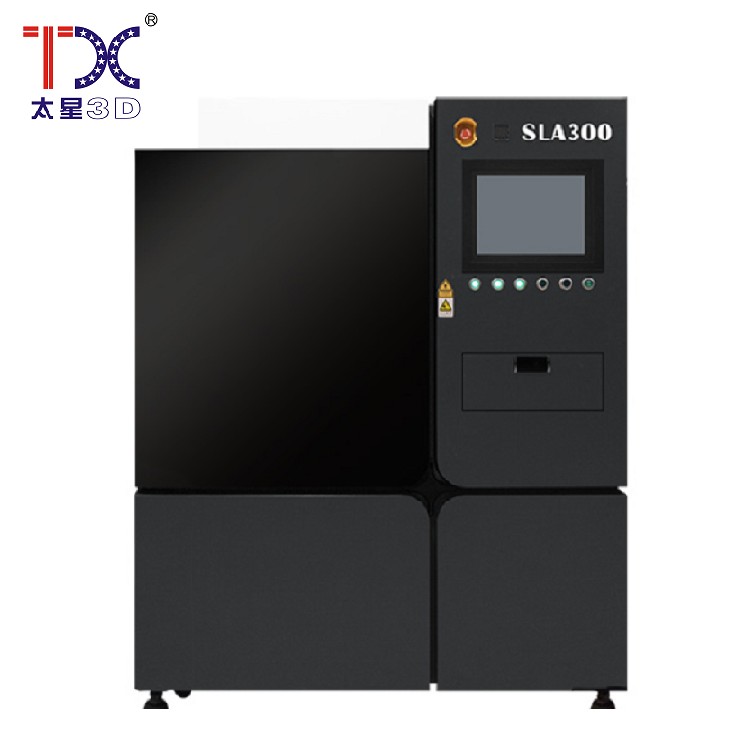 Taisin Light-adoptive 3D printer SLA300
Taisin Light-adoptive 3D printer SLA300 -
 Taisin Light-adoptive 3D printer SLA1900D
Taisin Light-adoptive 3D printer SLA1900D -
 Taisin Metal 3D printer ISLM600QN
Taisin Metal 3D printer ISLM600QN -
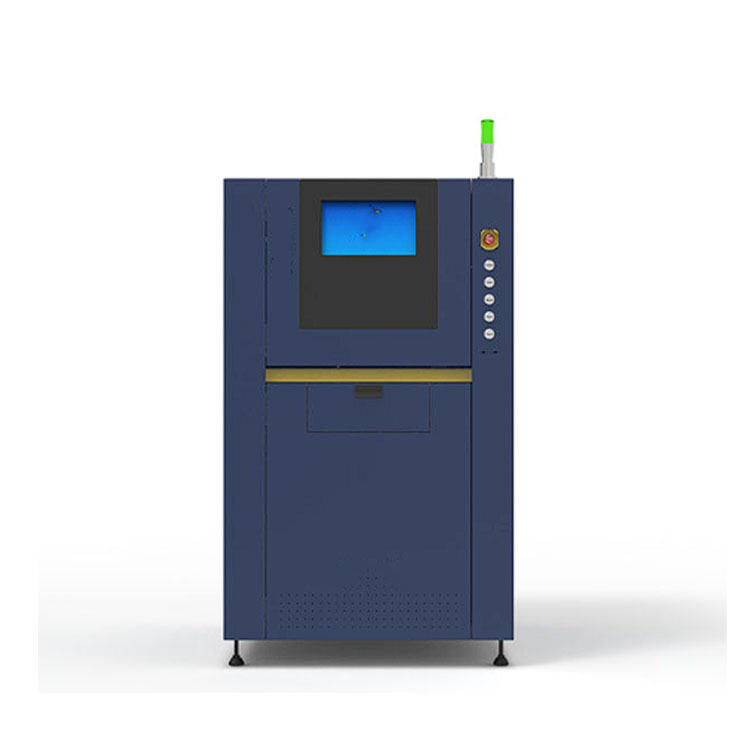 Taisin Metal 3D printer SLM160
Taisin Metal 3D printer SLM160 -
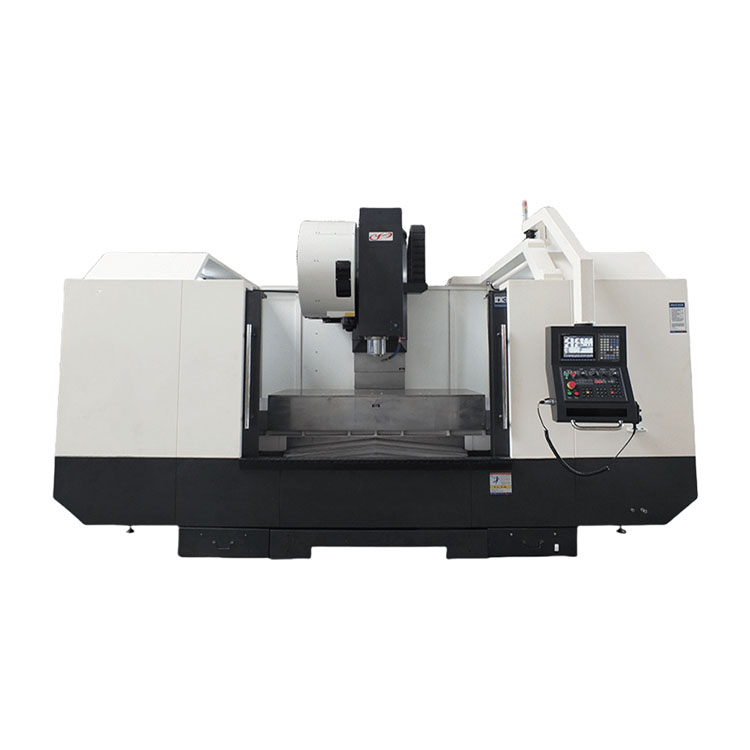 Taisin high-precision vertical processing center with CNC VMC TXP-1890
Taisin high-precision vertical processing center with CNC VMC TXP-1890 -
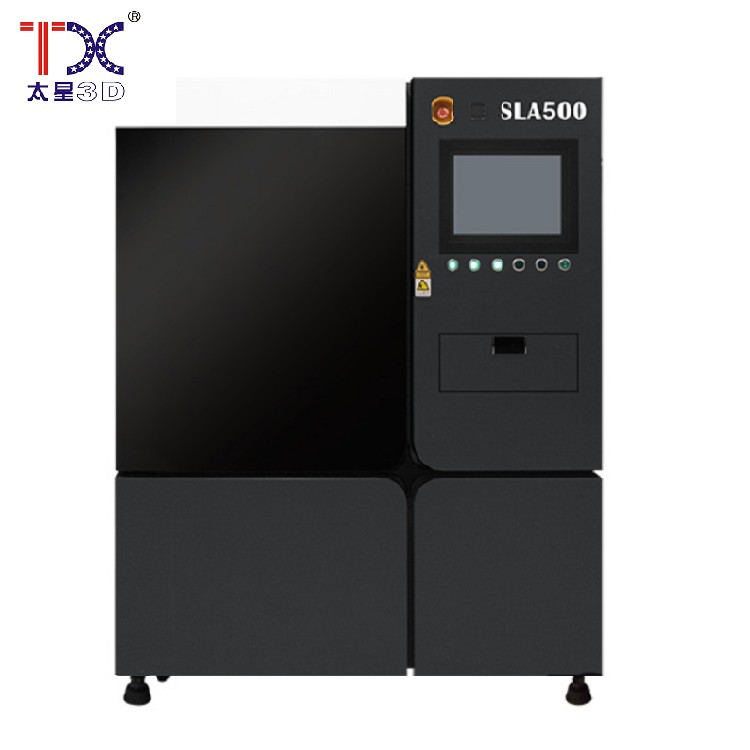 Taisin Light-adoptive 3D printer SLA500
Taisin Light-adoptive 3D printer SLA500 -
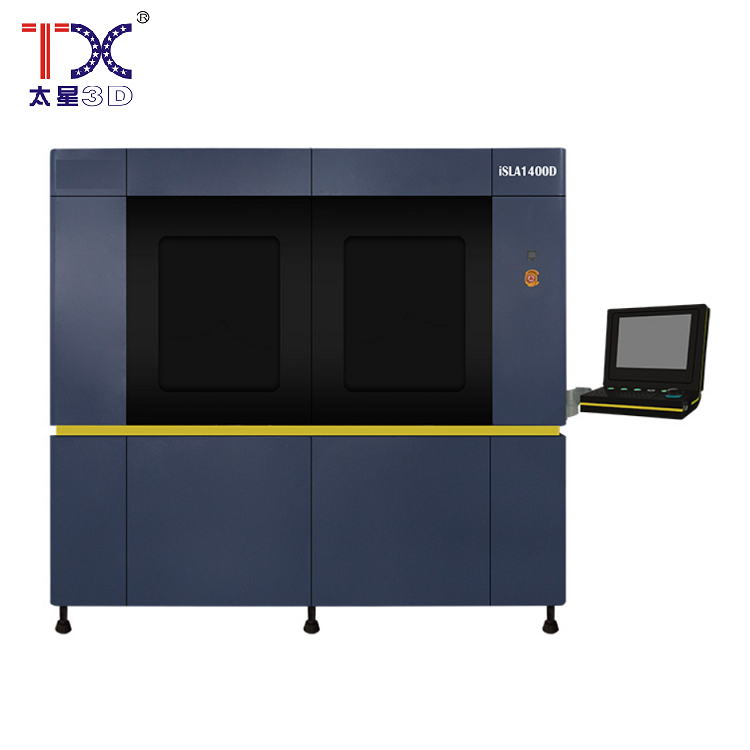 Taisin Light-adopted 3D printer SLA1300D
Taisin Light-adopted 3D printer SLA1300D -
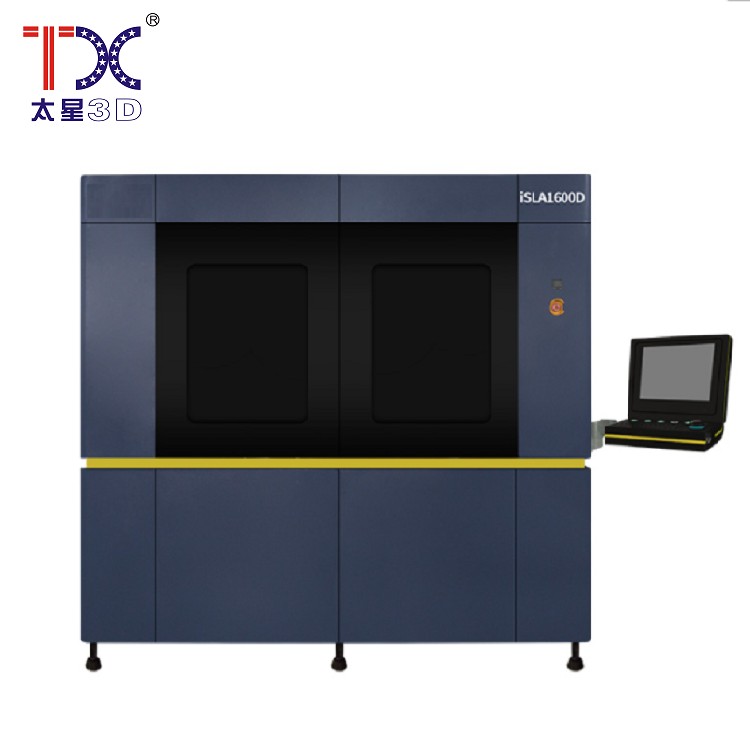 Taisin Light-adoptive 3D printer SLA1600D
Taisin Light-adoptive 3D printer SLA1600D -
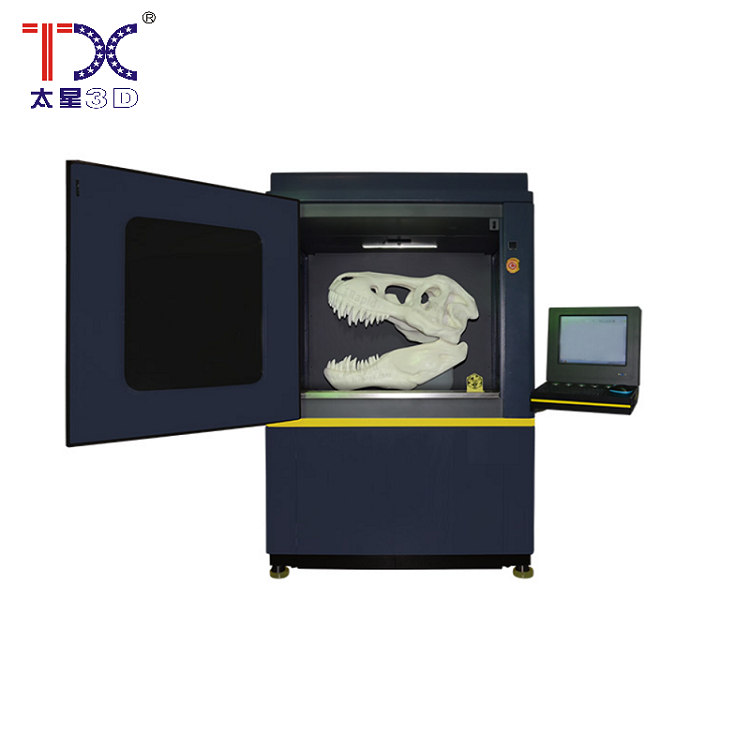 Taisin Light-adopted 3D printer ISL1100
Taisin Light-adopted 3D printer ISL1100
Connectedsearch
Related search- CNC machine 6 axes
- Cheap biomaterial factories
- 3D printing factories in China
- 8 axes of machine tools with CNC plants in China
- Cheap 9 axes of CNC machines factories
- Design manufacturers for 3D printing in China
- Chinese suppliers of 5-axial processing centers with CNC
- China 3 axes of CNC machines factories
- Cheap suppliers of CNC shaft machines
- Chinese suppliers of reliable five -axis processing centers with CNC
